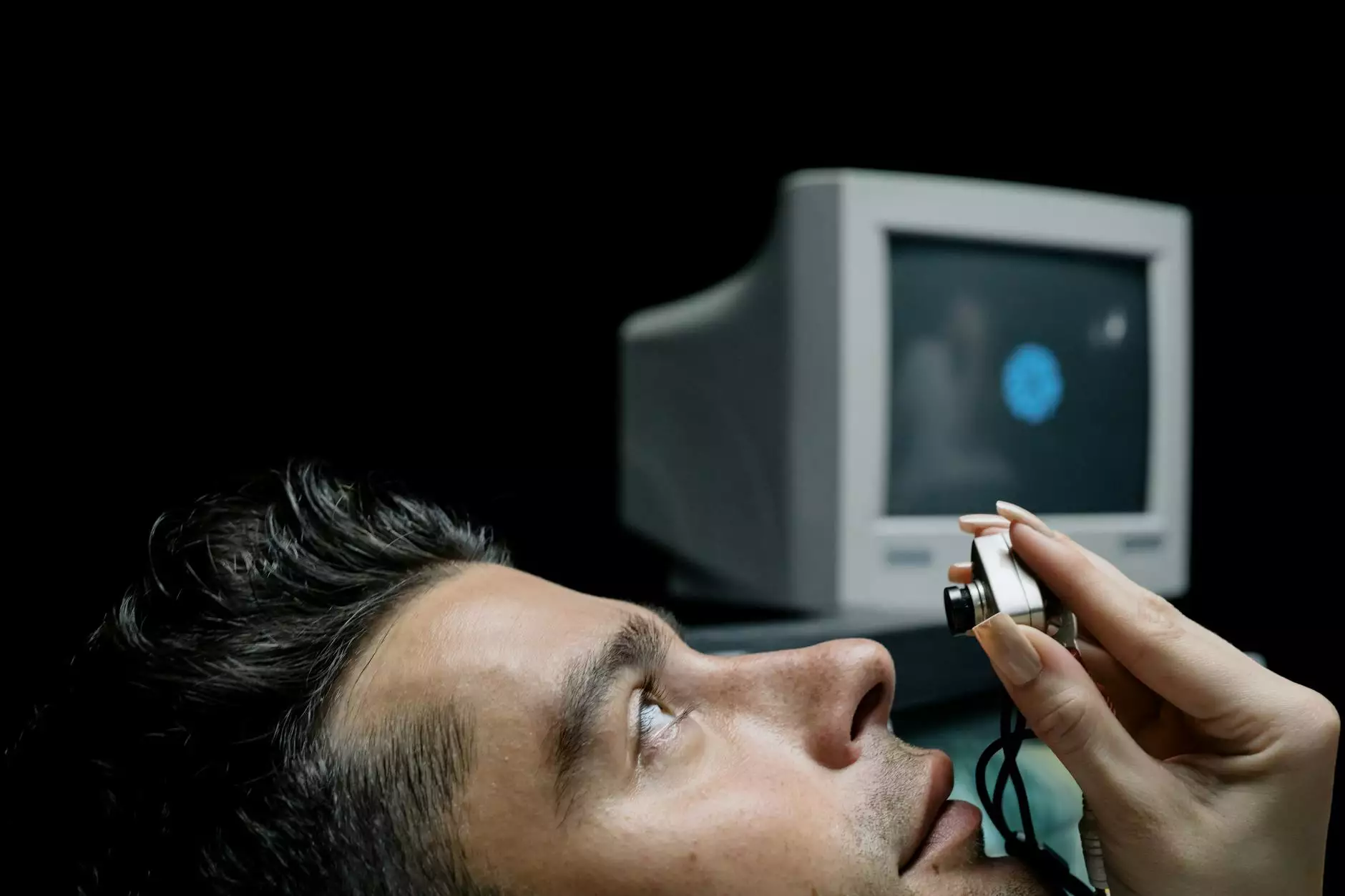The Importance of Portable Bone Density Scanners in Modern Healthcare

In today's rapidly advancing medical landscape, the need for innovative healthcare solutions is greater than ever. One such solution that has gained significant attention is the portable bone density scanner. These devices play a crucial role in diagnosing and managing conditions related to bone health, particularly osteoporosis. In this article, we will explore the benefits, applications, and future potential of portable bone density scanners within the healthcare industry.
Understanding Bone Density and Its Significance
Bone density refers to the amount of mineral matter per square centimeter of bones and is vital in determining overall bone health. Maintaining optimal bone density is essential for preventing fractures and conditions like osteoporosis, which affects millions globally. Here, we delve into why monitoring bone density is important:
- Prevention of Osteoporosis: Regular screening can detect low bone density before it leads to osteoporosis.
- Early Intervention: Identifying at-risk individuals allows for lifestyle changes and treatments to be administered early.
- Improved Patient Management: Effective monitoring can guide treatment decisions and enhance patient care.
- Informed Decision Making: Healthcare providers can make better decisions based on accurate bone density data.
The Rise of Portable Bone Density Scanners
While traditional bone density testing methods, such as Dual-Energy X-ray Absorptiometry (DXA), have been the gold standard for many years, the introduction of portable bone density scanners is revolutionizing the field. What makes these devices truly unique is their ability to provide reliable diagnostic information in a variety of settings. Here are some reasons behind their rising popularity:
1. Enhanced Accessibility
One of the most significant advantages of portable bone density scanners is their ability to reach patients in remote or underserved areas. These devices can be used in:
- Rural Health Clinics: Healthcare workers can provide essential services to populations lacking nearby medical facilities.
- Home Health Care: Patients who are homebound can receive prompt evaluation of their bone health.
- Mobile Health Units: Organizations can organize health fairs, community screenings, and outreach services.
2. Cost-Effectiveness
Portable bone density scanners provide a more affordable option compared to traditional methods. Reduced costs in equipment, transportation, and set-up make them an economically viable choice for many health providers, allowing for more frequent screenings without financial strain on the patient or provider.
3. User-Friendly Operation
Designed with the end-user in mind, portable bone density scanners typically feature intuitive interfaces that require minimal training. This allows healthcare professionals to focus on patient care rather than complicated operational procedures.
How Portable Bone Density Scanners Work
Understanding the technology behind the portable bone density scanner can demystify its function and bolster trust among healthcare providers and patients alike. These devices generally employ either:
- Ultrasound Technology: This non-invasive method uses sound waves to measure the density of bones, typically at the heel. It’s compact and can quickly provide readings in a clinical or field setting.
- X-ray Technology: More advanced models may utilize low-dose x-rays for precise density measurements, delivering results that are comparable to traditional DXA scans.
Clinical Applications
The versatility of portable bone density scanners allows for a variety of clinical applications, including:
- Screening for Osteoporosis: Early detection and monitoring often lead to timely intervention.
- Post-Fracture Assessment: Patients who have suffered a fracture may be evaluated to prevent future occurrences.
- Preoperative Evaluation: Assessing bone density can influence surgical decisions, especially in orthopedic procedures.
The Impact on Patient Care
One cannot overlook the positive impact portable bone density scanners have on patient care. By providing immediate and accurate data, these devices contribute to enhanced clinical decision-making. Key benefits for patients include:
- Peace of Mind: Patients appreciate the reassurance of knowing their bone health status.
- Improved Compliance: Easier access to screening encourages more patients to participate in proactive health measures.
- Real-Time Feedback: Instant results allow for more dynamic discussions between healthcare providers and patients regarding health management.
Future of Portable Bone Density Scanners
The future of portable bone density scanners is promising. As technology continues to evolve, we can anticipate advancements such as:
- Integration with Mobile Apps: Enhanced technology will allow results to be sent in real-time to mobile applications for easier tracking.
- AI and Machine Learning: Advanced algorithms may analyze data, predict osteoporosis risks, and suggest personalized treatment plans.
- Wider Adoption in Telehealth: As telehealth gains momentum, portable scanners will become essential tools for remote consultations.
Challenges and Considerations
Despite their numerous benefits, the adoption of portable bone density scanners is not without challenges. Factors such as ensuring reliable positioning, standardization of results, and addressing patients’ fears about radiation exposure must be articulated clearly by healthcare providers. Additionally, the seamless integration of these devices into existing healthcare workflows is essential for their success.
Regulatory Landscape
It's crucial for manufacturers of portable bone density scanners to stay informed about regulatory standards and achieve approval from relevant authorities. Compliance with health and safety regulations not only protects patient safety but also enhances the reputation of manufacturers and healthcare providers alike.
Conclusion
In conclusion, the rise of the portable bone density scanner marks a transformative moment in the healthcare industry. With their ability to provide greater accessibility, cost-efficiency, and real-time data, these devices are playing an increasingly important role in patient care. As technology continues to advance, the potential for portable bone density scanners goes beyond merely offering diagnostic advantages; they stand to reshape the entire approach to bone health management, ensuring that the future of healthcare is both patient-centered and accessible.
Organizations like beammed.com are at the forefront of this innovation, broadening healthcare access and improving diagnostic outcomes for countless individuals. The journey of portable bone density scanners is just beginning, and their impact will be felt for years to come— paving the way toward healthier populations everywhere.









